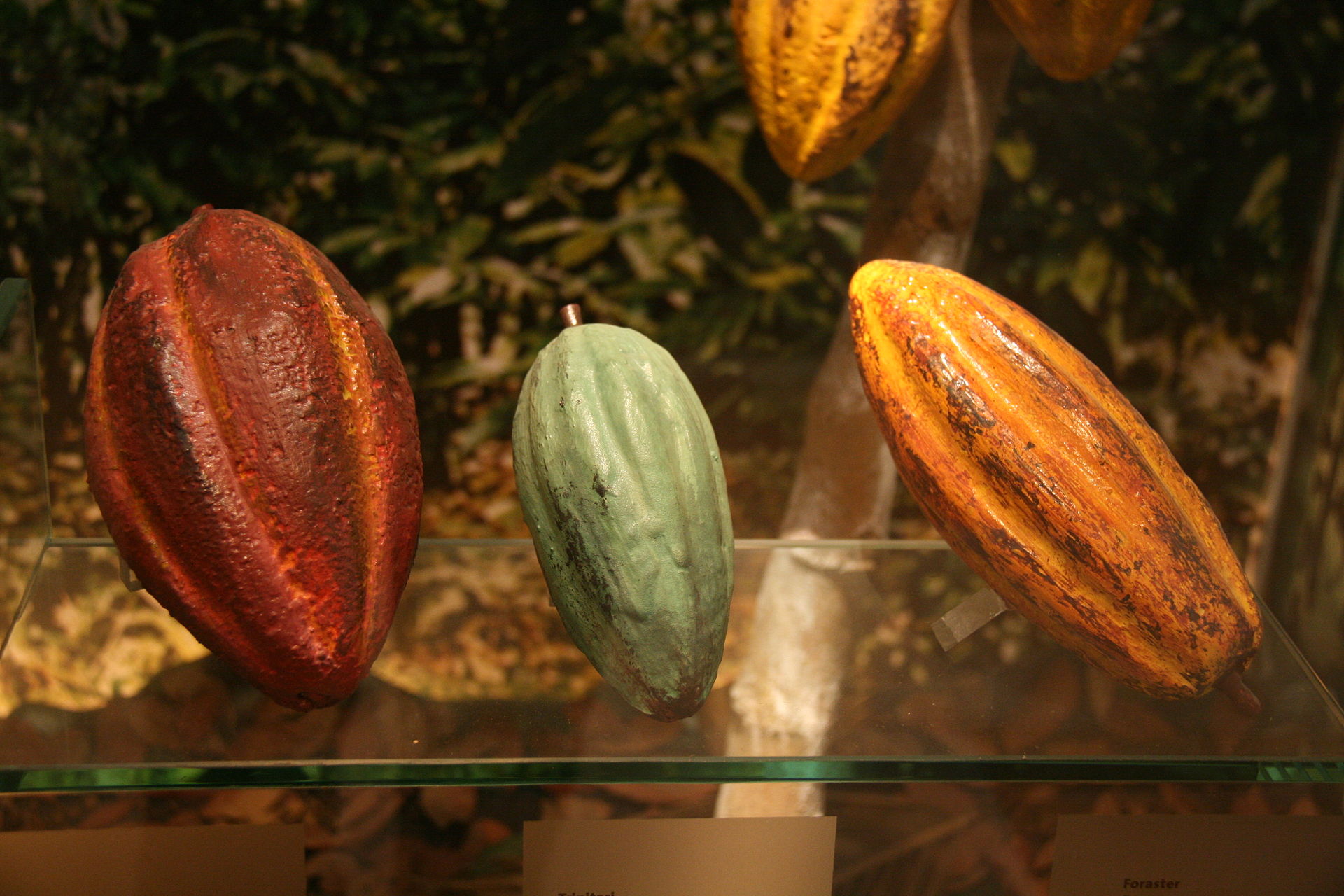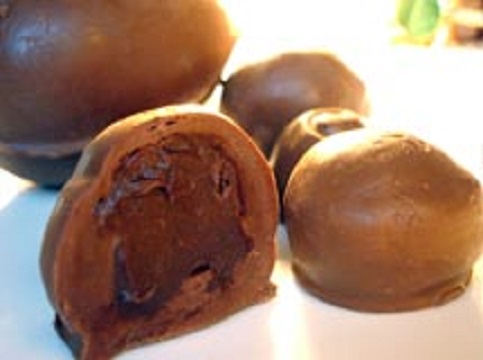Dirty Chocolate
Fancy mixed box of chocolates (credit: Wikicommons)
A new brand of chocolate is now appearing on world markets. Unfortunately, 'dirty chocolate' leaves a decidedly bitter aftertaste considering the destruction of forests in its production.
When Cortez entered what is now Mexico city, he found the Aztecs consuming a beverage made from cacao beans, Theobroma cacao. Gathered from tropical rainforests, the Meso-americans considered cacao to be the "fruit of the gods". After subjugating Aztecs, the conquistadors carried samples of the cacao plant back to Europe and the chocolate industry began. Chocolate is the world's most popular confection with sales now exceeding $130 billion and projected to grow 4%/year by 2027.
As a tropical rainforest tree, cacoa must be grown in the wet tropics. The Ivory Coast, Ghana, Nigeria, Cameroon, and Indonesia are now the primary producers. While the manufacture of chocolate is dominated by Belgium, Germany, Switzerland, and the United States. International candy makers including Mars, Hershey, Cadbury, and Godiva are brand names recognized worldwide.
In recent years, a sun-tolerant cacao has been developed with research supported by international development agencies. Sun cacao does not require being grown under the shade of tropical trees and has allowed for rapid expansion of cacao bean production. Unfortunately, a major and unintended consequence of this increased cultivation has been rapid deforestation wherever sun cacao is grown. A report, from the environmental organization Mighty Earth, details the conversion of once primary forests into cocao plantations in multiple countries. Major findings in Chocolate's Dark Secret include:
cacao production has illegally moved into national parks and protected areas in the Ivory Coast where 90% of the land mass in some parks has been converted; less than four percent of Ivory Coast now remains densely forested; extensive deforestation for cacao has occurred in Ghana as well; the market for cocao is highly concentrated making the middlemen and international companies who control the market directly involved in deforestation; as cacao production declines in West Africa its production model is now being exported to other tropical regions including the Peruvian Andes, the Congo Basin, and Southeast Asia.


Cacao pods and beans (credit: Wikipedia) Fancy chocolates (credit: Wikicommons)
However, according to Mighty Earth's report, potentially important changes are coming. As one example, Britain's Prince Charles convened CEOs and senior leaders from 34 chocolate industry companies urging them to act on deforestation. The companies pledged to have a concrete plans developed to implement. Likewise, the United Nations Reducing Emissions from Deforestation and Forest Degradation program or REDD selected the Ivory Coast as a 'proving ground' for an initiative to use reforestation as a direct action to counter climate change. Ivory Coast deforestation and the REED plans are described below.
Only time will only tell if these international actions produce a positive affect and are not 'too little, too late'. Consumers also have a role as they could make a direct impact in their chocolate purchases. Labeling campaigns could limit 'dirty chocolate' from appearing on supermarket shelves, if they don't carry a 'deforestation free' label, would carry a strong message to the big chocolate makers.
WHB